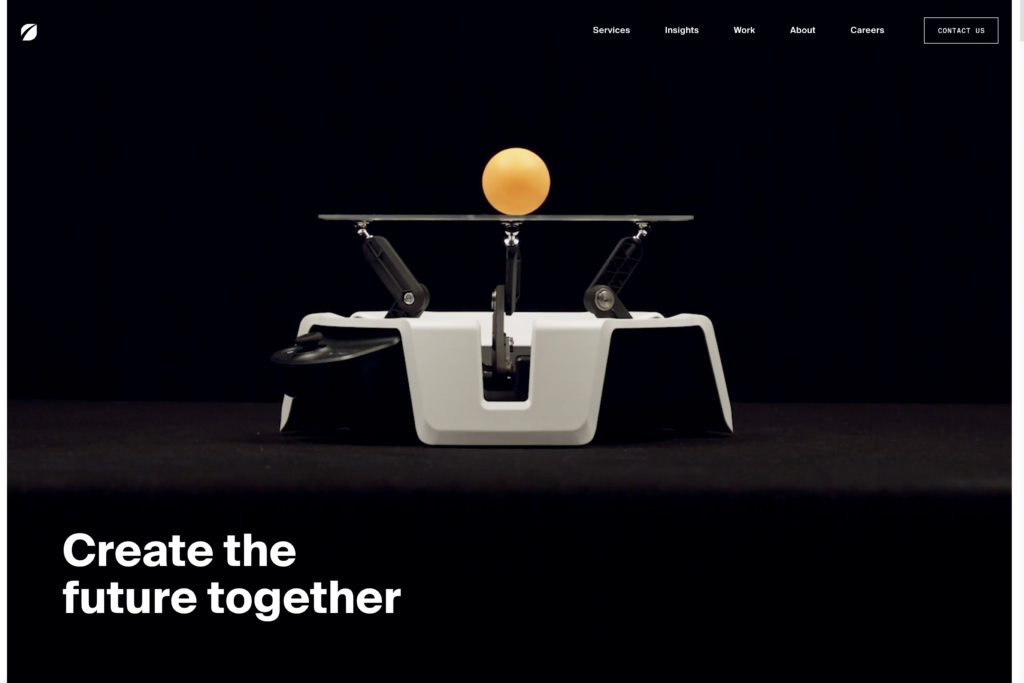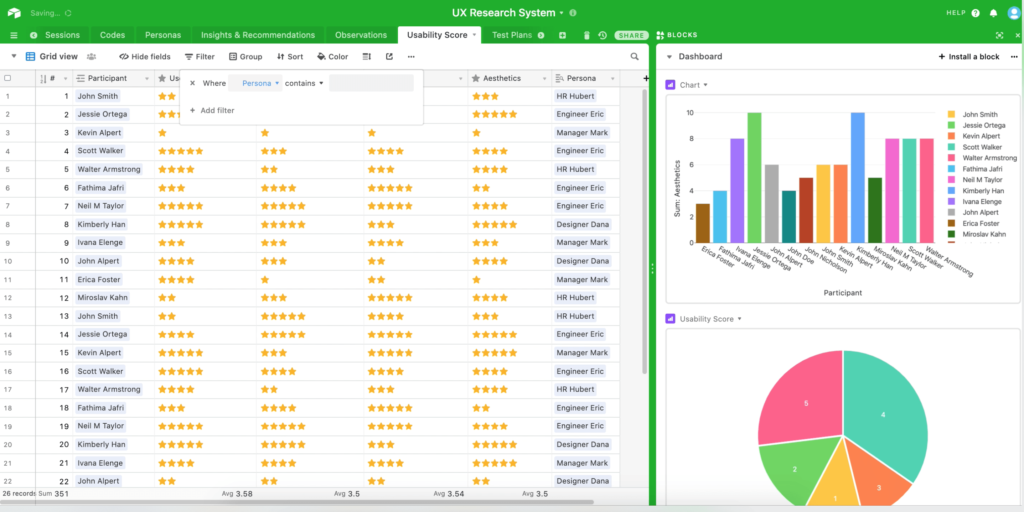Article
Six Starting Points for Your Voyage into the Blue Economy

Part 1 (The Blue Economy Presents an Ocean of Opportunity)
Part 2 (Autonomous Oyster Harvesting)
***
In our first article on the Blue Economy, we provided an overview of what it is and discussed the opportunities it offers for interested parties. Our second article went in a hypothetical direction, discussing a potential business case of autonomous oyster harvesting.
If you’re not involved in bi-valve farming or are uncertain about where your company might dive into this burgeoning space, consider the following broad entry points.
1. Clean Energy
In North America’s blooming ocean-tech innovation ecosystem, the Economist Group writes:
“Many startups have seized on (an international regulation to reduce sulfur levels in fuel) to help vessels and ports reduce emissions and adopt clean energy technologies. Developing sustainable biofuels to replace heavy fuel oil, hydrogen fuel cells for vessel propulsion, or optimising voyages based on the weather and currents to reduce fuel usage are just some of the ideas helping the maritime sector to reduce energy use and decarbonise.”
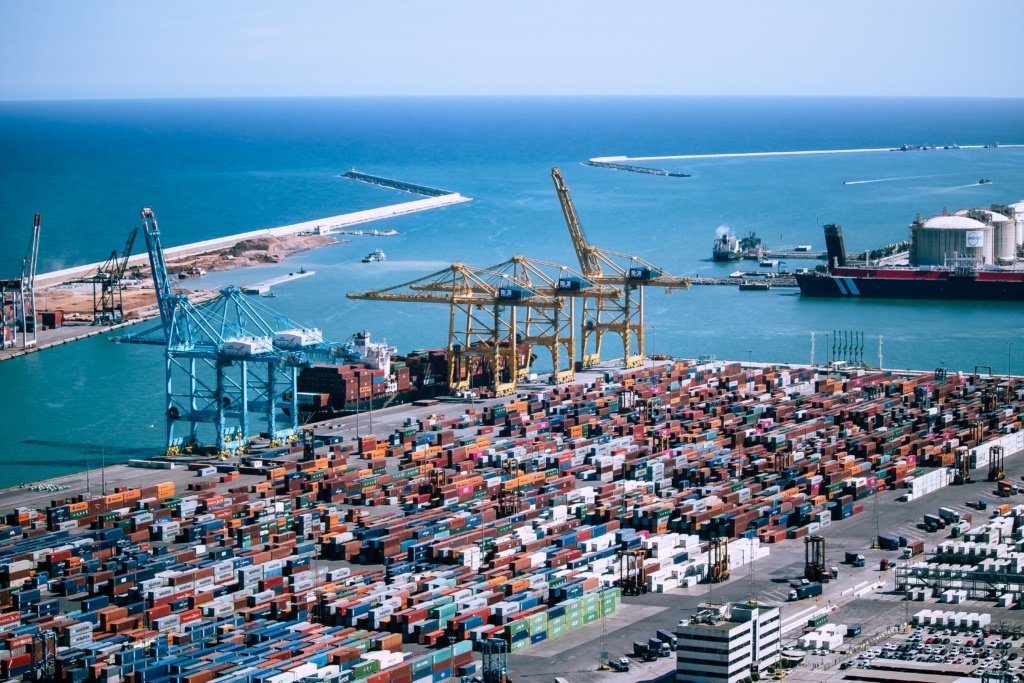
Not only is fuel use reduction key to environmental sustainability efforts, but there’s also an economic case to be made. Carbon offset and carbon avoidance credits are available, and Fresh can help clients navigate the process of applying for and claiming credits as they carry out their innovative work. Do you work directly in the energy sector? Or, could you benefit from thinking through how energy sustainability could help your business? There’s a case to be made for additional discovery and exploration.
Fresh’s western Washington neighbors are already getting involved:
“The Maritime Blue Accelerator in Seattle, founded by the Maritime Blue Cluster organisation in partnership with WeWork Labs and launched in late 2019, is one of the more recent entrants into the North American marine-tech ecosystem. Joshua Berger, director of maritime at the Washington State Department of Commerce, who helped establish the accelerator, says: ‘Innovators and investors are turning their gaze towards the ocean. With maritime stakeholders committed to transitioning off fossil fuel and new digital solutions popping up almost daily, it opens the door for enormous opportunity in this space.’”
Update from GeekWire: Washington state Dept. of Commerce commits $3M for ‘Innovation Cluster Accelerator.’ Suffice it to say, funding is being poured into Blue Economy-adjacent innovation initiatives, practically in real-time.
2. Scientific Discovery
Clean energy is an obvious opportunity when entering the Blue Economy space, but there are various other opportunities for companies looking to get involved. Consider the possibility of seafloor discovery, for the advancement of science and biotechnology:
“Estimates vary from 1m to 10m marine species that await discovery. Some of those we know of are already used in anti-cancer drugs and others to fight heart disease and cystic fibrosis, but imagine how these unknown species could advance medical microbiology, clinical virology and biotechnology.”
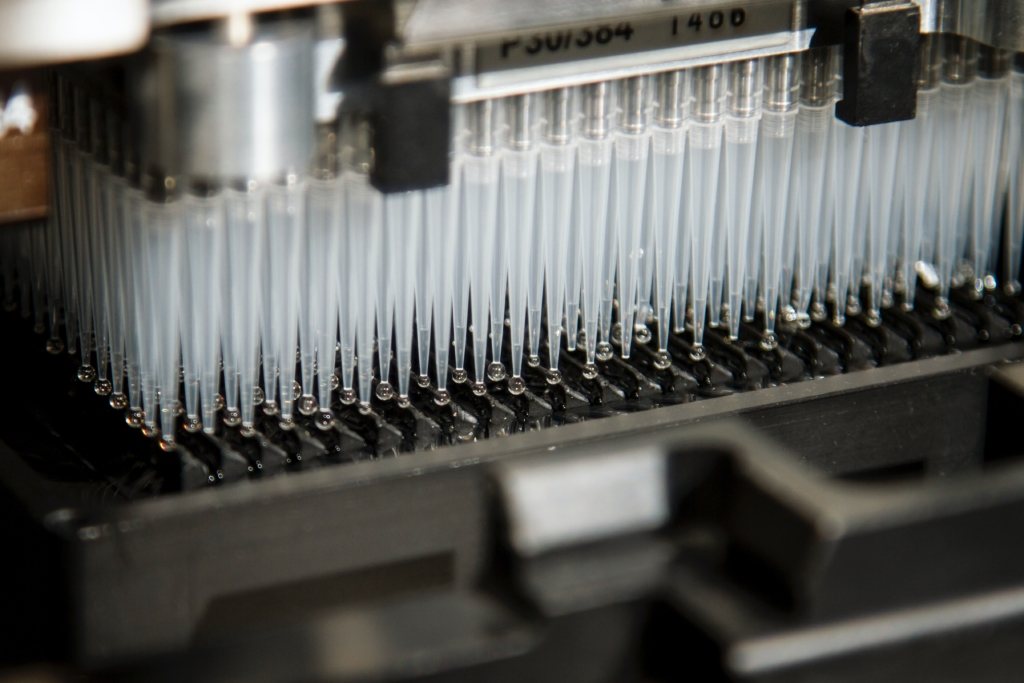
But how do we start exploring underwater? In our second article on the Blue Economy, we discussed how AUVs (Autonomous Underwater Vehicles) can perform maritime tasks more quickly and efficiently than traditional vessels, but channeling power to them is a challenge.
With cloud-based operations enabled by ROCOS, charging enabled by WiBotic, and robotic systems integration enabled by Fresh, a solution begins to take shape, awaiting whichever research institution or biotechnology company wants to begin exploring the mysteries of the ocean floor first.
3. Aquaculture
As technology evolves, so does the opportunity to advance our understanding of the natural world, and Fresh plans to be at the forefront of innovative discovery efforts. Other forms of aquaculture, outside of bivalve or seagrass farming, or any other number of common examples, provide an opportunity for discovery as well:
“Japanese biotechnology company euglena Co. has specialised in the mass cultivation of the microalgae euglena for health food and cosmetics. Mitsuru Izumo, the company’s chief executive, pointed out that algae had been an under-recognised part of aquaculture. Hence, his company has pursued the new ASC-MSC Seaweed (Algae) Standard certification to underpin its environmental credentials. The company has recently also ventured into biofuel production.”
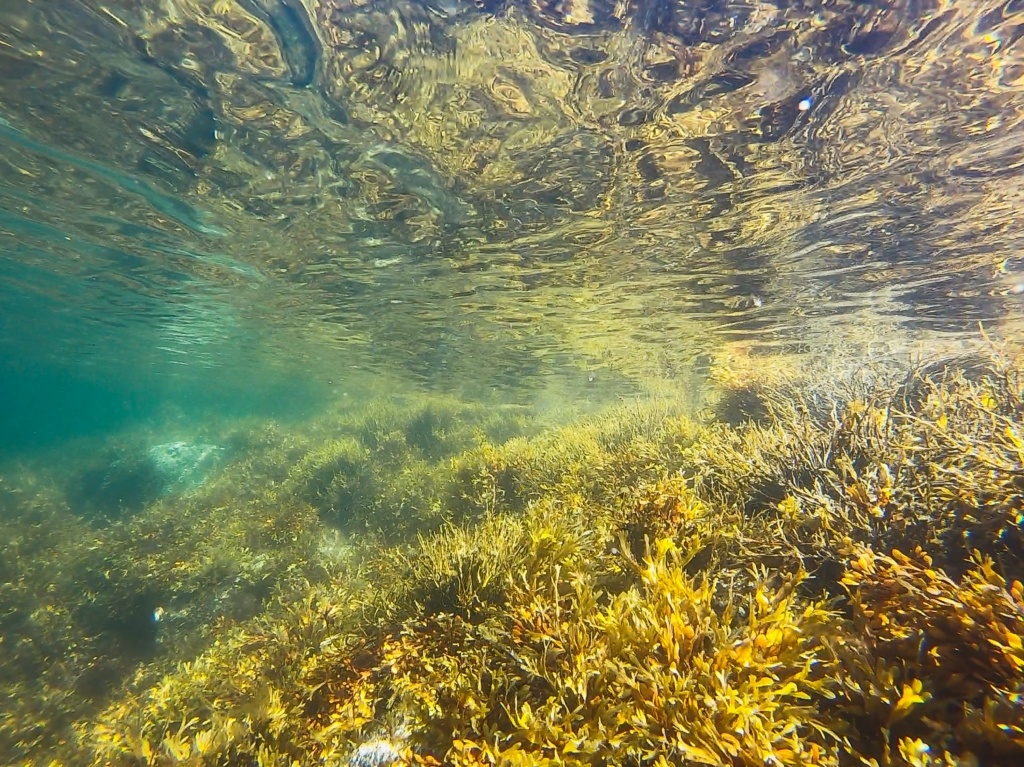
4. Smart Waterfront Cities
Regarding other forms of innovation, smart cities are one of the most promising areas of opportunity in IoT, AI, ML, automation, and digital twins. They’re also a prime example of emerging innovations in the Blue Economy. Steve Adler, Founder and CEO of the Ocean Data Alliance, suggests:
“We must work harder at the local level to clean up coastal environments and get more people choosing to venture into the seas and beneath the waves. A solution may lie in integrating urban coastal zones into Smart Cities programmes. Around the world, Smart Cities are analysing and adapting urban environments to improve the quality of life for their residents. High-speed and low-cost sensors, open data and data science are transforming public transportation, making rubbish collection better, improving air quality and helping urban planners redesign streets and public spaces.“
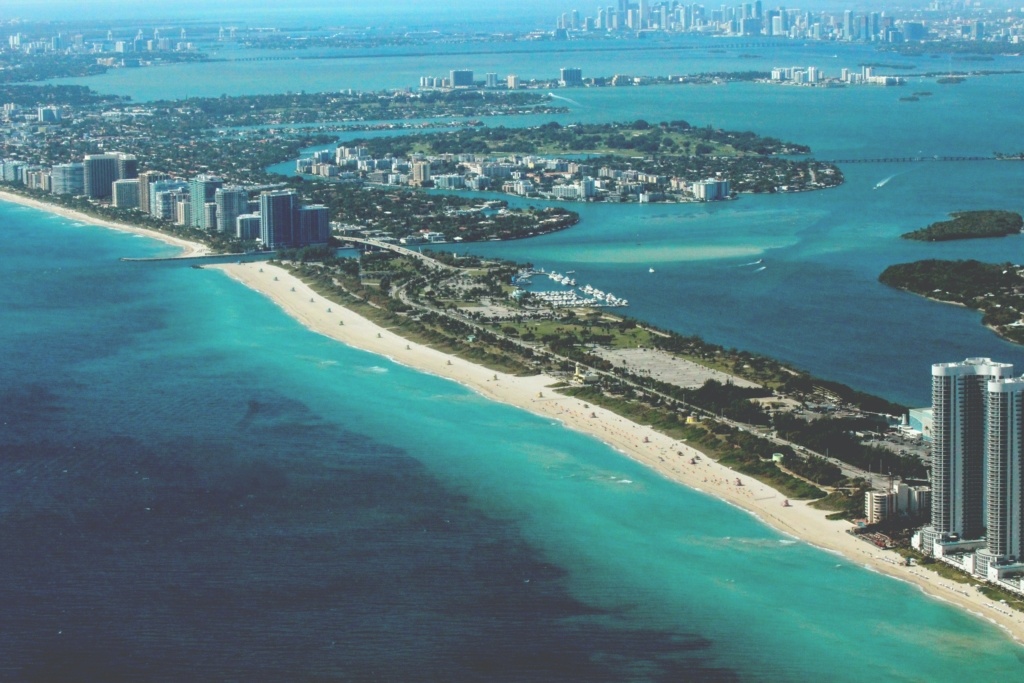
Adler expands on the thought, citing how the same information and data gathering mechanisms used by Smart Cities could apply to ocean-based regions as a whole:
“These tech-driven solutions are transforming cities into safer, healthier and more productive environments. Why not apply the same processes to urban coastal zones, which have been left out of Smart City programmes until now? A Smart Ocean City would integrate into the seas the same observation and data-collection technology that’s already being applied in cities, spurring innovations in ocean remediation and restoration, and transforming seafronts from blighted industrial zones into clean and healthy public spaces full of amenities.”
The Blue Economy expands far outside of solely environmental and ecological use cases. Massive population centers call coastal areas home and having data about oceans will be central to the health and well-being of those cities.
5. Product Design
Consider product design as well, and the importance of thinking through how things are packaged beyond aesthetics and branding:
“Plastics have been designed over the last 20 years to use the least amount of resources and optimise carbon savings—but without thinking about their ultimate disposal [ . . . ] If products are designed with end of life in mind, nearly all the benefits of plastics can be achieved without the negative consequences [ . . . ] Companies should design products that contain less plastic, using alternative materials with a lower carbon footprint and that are easy to process. Products for which plastic is the best material should be designed for reuse, or use polymers that are easy to recycle.”
The company that develops a definitive solution to plastic waste is set for success and long-term competitive positioning.
6. Data Distribution
Here’s a final example of where progress is being made toward innovation in the Blue Economy––solutions to high-speed internet, the reality of thermal pollution, and one company’s goal to become water-positive by 2030:
“Microsoft is committed to protecting the environment. In satisfying its electricity needs, for example, the company uses renewable sources as much as possible. To the extent that it can’t do that, it purchases carbon offsets. Consistent with that philosophy, we are looking to deploy our future underwater data centers near offshore sources of renewable energy—be it an offshore wind farm or some marine-based form of power generation that exploits the force of tides, waves, or currents [ . . . ] These sources of energy are typically plentiful offshore, which means we should be able to match where people are with where we can place our energy-efficient underwater equipment and where we would have access to lots of green energy. Much as data centers today sometimes act as anchor tenants for new land-based renewable-energy farms, the same may hold true for marine energy farms in the future.”
Project Natick was retrieved successfully in 2020, proving that “underwater data centers are feasible, as well as logistically, environmentally and economically practical.”
The Takeaway
The simple truth is that we’ve only seen the tip of the iceberg and that the possibilities of the Blue Economy are as expansive as the unexplored depths of our ocean. More than eighty percent of the ocean––even though we’ve been studying it for hundreds of years––remains unmapped, unobserved, and unexplored. The same is true for the possibilities of the Blue Economy.
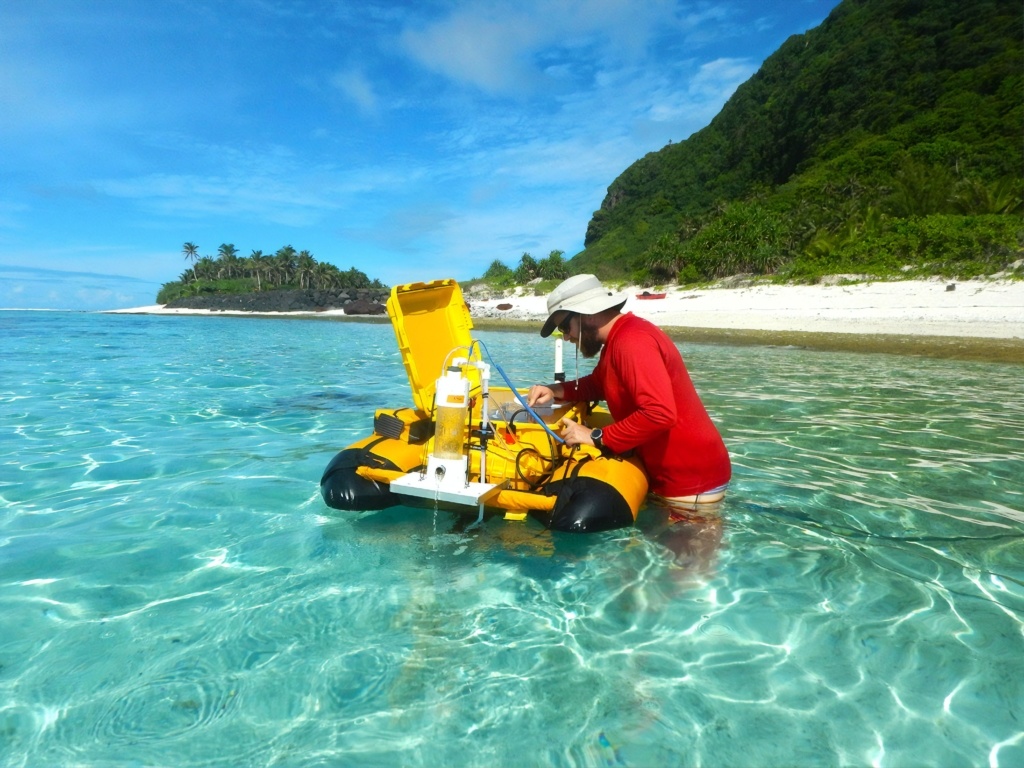
A Call to Action
At Fresh, we offer strategy, design, software, and hardware services. From business strategy and robotic systems integration to UX, industrial design, AI/Machine Learning, and XR, we champion a multi-disciplinary process for accelerating clients and partners into the Blue Economy and other promising frontiers of innovation. Not only is the Blue Economy a cross-industrial enterprise, but it’s also cross-disciplinary. Acquiring funding, navigating relationships with different technology partners, building the appropriate tech stack, streamlining the manufacturing process, optimizing test systems, and deploying the solution all require a skillful touch.
We hope this series serves as a call to action for further conversation, exploration, and discovery. Let’s build what’s next.






